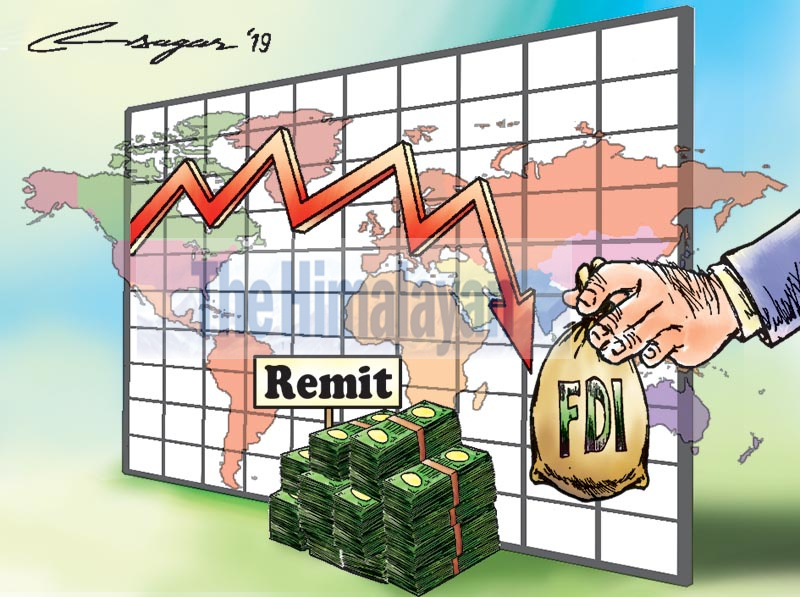Trademark counterfeiting: Time to review its laws
Agreement on Trade Related Intellectual Property Rights (TRIPS) defines counterfeit trademark goods as any goods, including packaging, bearing without authorisation a trademark which is identical to the trademark validly registered in respect of such goods, or which cannot be distinguished in its essential aspects from such a trademark
As economies are getting increasingly knowledge and technology oriented, intellectual capital and its protection are gaining significant importance. Trademark counterfeiting and the goods so produced have become global. Statistics show that these counterfeit products have harmed the global economy substantially. A rapid advance in technology and liberalisation of the economy has created an ideal market for people trying to misuse existing brand values that have been cultivated and nurtured over a period of time. Thereby, the law of the land should provide a wide array of remedies against counterfeiting under various statutes.
Trademark counterfeit is imitation of something authentic, intending to deceive people into believing that the imitation of the product is of equal value to the genuine thing. Counterfeit goods are usually of inferior qualities, which are passed off as goods made by the well-known brand owner. Counterfeiting of trademarks refer to manufacturing, distributing and selling inferior copies of products which have been made without the permission of the intellectual property rights holder. As the unauthorised inferior copies are circulated in the market, they hamper its original creator in more than one way.
Agreement on Trade Related Intellectual Property Rights (TRIPS) defines counterfeit trademark goods as any goods, including packaging, bearing without authorisation a trademark which is identical to the trademark validly registered in respect of such goods, or which cannot be distinguished in its essential aspects from such a trademark, and which thereby infringes the rights of the owner of the trademark in question under the law of the country of importation.
Nepal is party to several international Intellectual Property related agreements and conventions.
Nepal joined WIPO in 1997 and became a signatory to the Paris Convention for the Protection of Industrial Property in 200. Nepal became a member of the World Trade Organisation (WTO) in 2004, and subsequently signed the Trade-related aspect of Intellectual Property Rights (TRIPS) agreement. Agreement on Trade Related Intellectual Property Rights (TRIPS) restricts the importation of counterfeit trademarks. Likewise, the TRIPS, as certain the right of the defendant in regard to counterfeit trademarks.
Meanwhile, it shall be a criminal offense and shall provide for criminal procedures and penalties in cases of willful trademark counterfeiting.
The Trademark Act, 1999, the principle legislation governing trademarks in India, provides both civil and criminal statutory remedies against infringement of a registered trademark.
However, the Act also recognises the right of an unregistered trademark owner under common law to take action for passing off, even against a registered trademark, provided that the unregistered trademark owner is a prior user.
Likewise, in the UK, the legal framework regarding anti-counterfeiting arises out of both UK national laws and European Union legislation. The Trademark Act, 2019 provisions trademark infringement and provides both civil and criminal remedies in case of any infringement caused by unauthorised use of the mark. The protection granted is for not only identical good/services but also for goods/services, which are similar to registered trademark. Likewise in the United States, Trademark Counterfeiting Act-1984, addresses the growing problem of trafficking in counterfeit trademark goods. The 1984 Act created an offence, “whoever intentionally traffics or attempts to traffic goods and services knowingly uses a counterfeit mark on or in connection with such goods or services” shall be guilty of felony.
The Patent, Design and Trademark-Act, 2022 B.S. aims at protecting intellectual property and trademarks but fails to address the emerging challenges faced by domestic and international brands.
Despite Nepal becoming a member to the World Trade Organisation (WTO) in 2004 and subsequently accepting the obligations under Trade Related Aspects of Intellectual Property (TRIPS), the legal and policy framework is still confusing. Massive international boundaries make the country vulnerable to counterfeit products. This hinders the economy of the country.
The Patent, Design and Trademark Act-2022 intends protecting intellectual property and trademarks but fails to address the emerging challenges faced by domestic and international brands. The loopholes present in this Act are the main reasons behind the occurrences of infringements of trademarks.
As per the Act, the rights and ownership of a brand are only established after the trademark is registered in Nepal. However, the newly drafted Industrial Property Bill aims to address the various intellectual property thefts of both foreign and domestic investors, who have built huge brands.
However, developing countries like that of ours face constant counterfeit trademark issues due to the low trademark and brand consciousness among consumers.
The landmark case of trademark decided by the Supreme Court issued a verdict in favor of Kansai Nerolac Paints, the multinational company ruling that the court does not recognise Rukmini chemical - a domestic firm - and its claim that it holds the right to use ‘Kansai Nerolac’ brand. So far, the cases on violation of intellectual property right over patent, design and trademark are governed by Patent, Design and trademark Act-1965.
Nepal enforced its first National IP Policy in March 2017. The court can impose a fine up to Rs 100,000 on cases related to trademark infringement, while in patent infringement cases, fines cannot exceed Rs 500,000.
Taking an advantage of the weak provision in the existing law, many locally-produced goods are being sold imitating name and logo of reputed brands of multinational companies.
This way the companies involved in such malpractice do not have to spend a lot to brand their products and gain a foothold in the market. So not only the laws can solve the issue, rather the conscious users. Thereby, there is a need to provide a wide array of remedies against counterfeiting.






